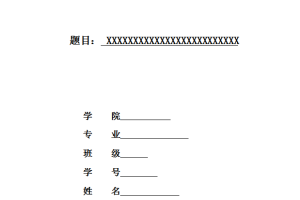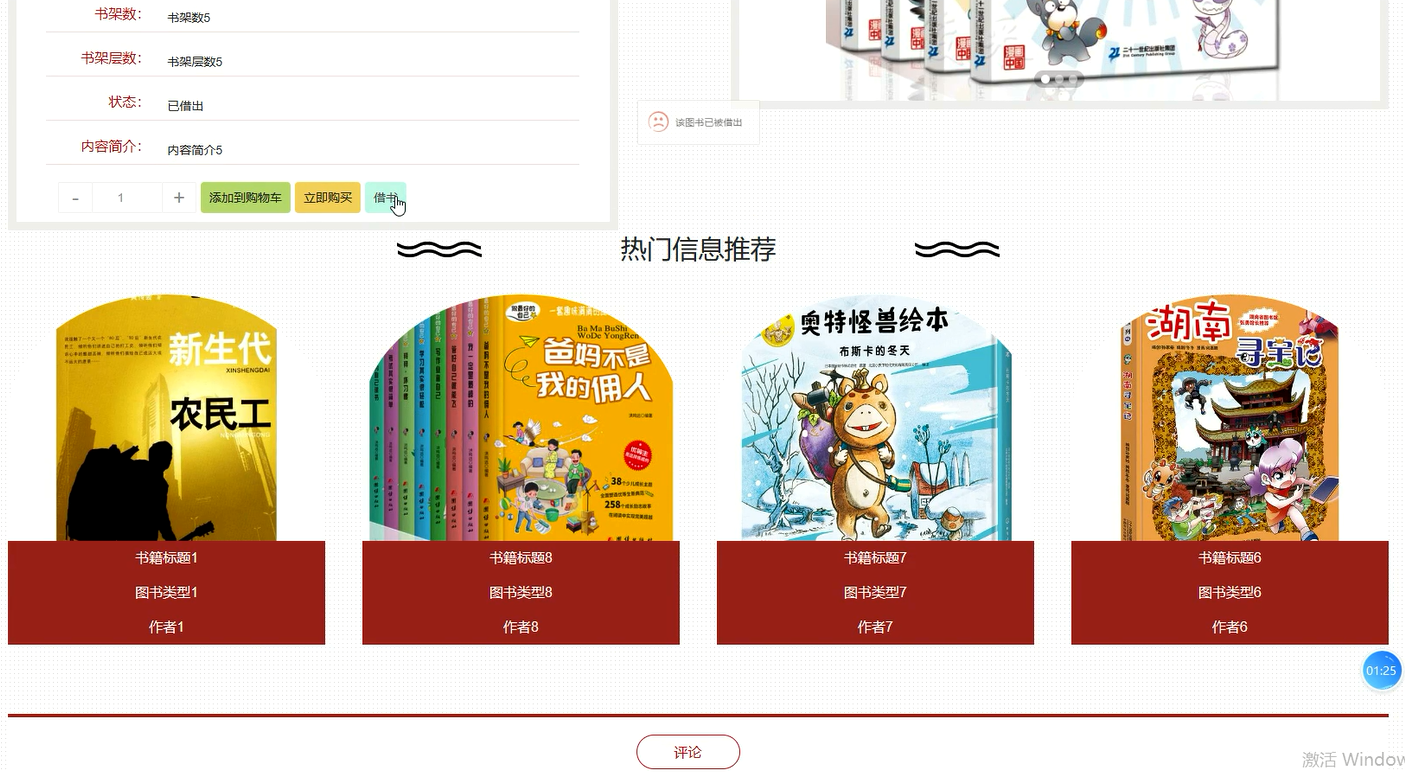关于油井地下不同油量的两种情况下油井电机工作的不同方式,利用单片机控制技术,使用 MCS-51系列80C552单片机作为控制主要部件,运用电流互感器作为直接检测器件,并且想到了野外抗干扰方法,研制了油井电机无定时自动控制器。实际数据分析反应,该控制器在实际中能平稳的工作,整体节能率能上升到29%。
本设计运用单片机控制技术研发的油井电动机无定时自动控制器,可以完成对油井电动机的过载、轻载、重载不同情况的检查和停歇全自动切换操作,可以完成对油井的节约能源和节省人力自动控制的目的,来实现当今的现代化生产的目标。
论文先介绍了油井电动机无定时自动控制器被设计的目的和本课题的研发方向。然后说明了设计总体方案的具体流程以及单片机的选择。对怎样检查油井电动机的运行情况的问题,对电流互感器的选用。详细介绍里软件,硬件的设计。在分析了节能的基础上,完成了证明控制器能实现生产现代化的目标。最后对本次设计进行了总结和说明。
关键词:油井电动机 单片机(80C552) 自动控制器
It is a waste of energy for the oil-w ell motor to work in full load while the oil storage under the ground was empty or insufficient. To solve this problem, the paper presents a kind of no timing optimizing auto-controller of oil-well motor, to which the SCM control technology has been applied. The auto-controller takes MCS – 51 series SCM( 80C552) as its key component, the electric- current sensor as its direct checking part. Furthermore, the designers have taken into full consideration field anti-jamming measures during the designing process. Feedback from the fieldwork indicates that the controller is reliable and energy-saving. The consumption of electricity can be reduced by 30%.
The oil motor MCU development of control technology without timing automatic controller, can realize the overload, the oil motor of light load, detection and intermittent heavy-duty automatic optimization of switching control, so as to realize the automatic optimization of mining and electricity saving of oil energy, in order to meet the needs of modern production requirements.
This paper first introduces the oil motor causes no automatic timing controller generates and the research direction. Then explains the implementation of the overall scheme design and selection of scm. And working conditions of how to detect the oil motor problems, the selection of current transformers. The hardware design of the controller, the software design in detail. Analysis of energy saving, fully demonstrated the time controller can meet the requirements of modern production methods. And make a summary of the design.
Key words: oil-well motor SCM( 80C552) auto-controller
目录
Abstract……………………………………………………………. II
第1章 绪论………………………………………………………… 17
1.1 前言…………………………………………………………………………………………………….. 17
1.2系统总体设计方案…………………………………………………………………………………… 17
1.2.1 设计的任务……………………………………………………………………………………. 17
1.2.2 设计总体思路………………………………………………………………………………… 17
1.3 控制器的硬件方案设计…………………………………………………………………………….. 18
1.3.1 检测电路………………………………………………………………………………………. 18
1.3.2 初始状态设定电路………………………………………………………………………….. 18
1.3.3 执行部分………………………………………………………………………………………. 18
1.4 系统的组成……………………………………………………………………………………………. 18
第2章 单片机80C552简介…………………………………………….. 20
2.1 单片机的基本组成………………………………………………………………………………….. 20
2.2 80C552单片机的特点和引脚图8……………………………………………………………… 21
2.2.1 80C552的特性概括……………………………………………………………………….. 21
2.2.2 80C552复位引脚…………………………………………………………………………… 21
2.2.3 80C552的引脚功能介绍…………………………………………………………………. 21
2.3 80C552各引脚的第二功能………………………………………………………………………… 24
第3章 TA1420电流互感器的选用………………………………………… 25
3.1 TA1420与普通电流互感器的区别……………………………………………………………….. 25
3.2 电流互感器使用原则……………………………………………………………………………….. 26
3.3 LM324……………………………………………………………………………………………………. 27
3.3.1 LM324简介…………………………………………………………………………………… 27
3.3.2 LM324参数与描述………………………………………………………………………….. 28
3.3.3 LM324的特点………………………………………………………………………………… 28
第4章 系统整体硬件电路组成………………………………………….. 40
4.1 单片机的最小应用系统……………………………………………………………………………. 40
4.1.1 复位电路……………………………………………………………………………………… 41
4.1.2 时钟晶振电路……………………………………………………………………………….. 41
4.2 检测电路………………………………………………………………………………………………. 42
4.3 电源电路………………………………………………………………………………………………. 43
4.4 初始参数设定电路………………………………………………………………………………….. 44
4.5 显示电路………………………………………………………………………………………………. 44
4.5.1 EDM1190A的特点……………………………………………………………………………. 45
4.5.2 EDM1190A主要技术参数………………………………………………………………….. 45
4.6 外扩存储电路………………………………………………………………………………………… 46
4.6.1 存储器CAT24WC32概述…………………………………………………………………… 46
4.6.2 CAT24WC32引脚功能………………………………………………………………………. 46
4.6.3 DAC0832芯片介绍………………………………………………………………………… 47
第5章 软件设计…………………………………………………….. 49
5.1 软件设计概述………………………………………………………………………………………… 49
5.2 设计思路与设计方案……………………………………………………………………………….. 49
5.2.1 检测量与控制量的关系…………………………………………………………………… 49
5.2.2 软件设计考虑的问题……………………………………………………………………… 49
第6章 系统性能分析…………………………………………………. 51
6.1 系统精度分析………………………………………………………………………………………… 51
6.2 系统节能分析………………………………………………………………………………………… 51
第7章 结论………………………………………………………… 54
致谢……………………………………………………………….. 43
参考文献……………………………………………………………. 44
附录A………………………………………………………………. 44
附录B………………………………………………………………. 45





